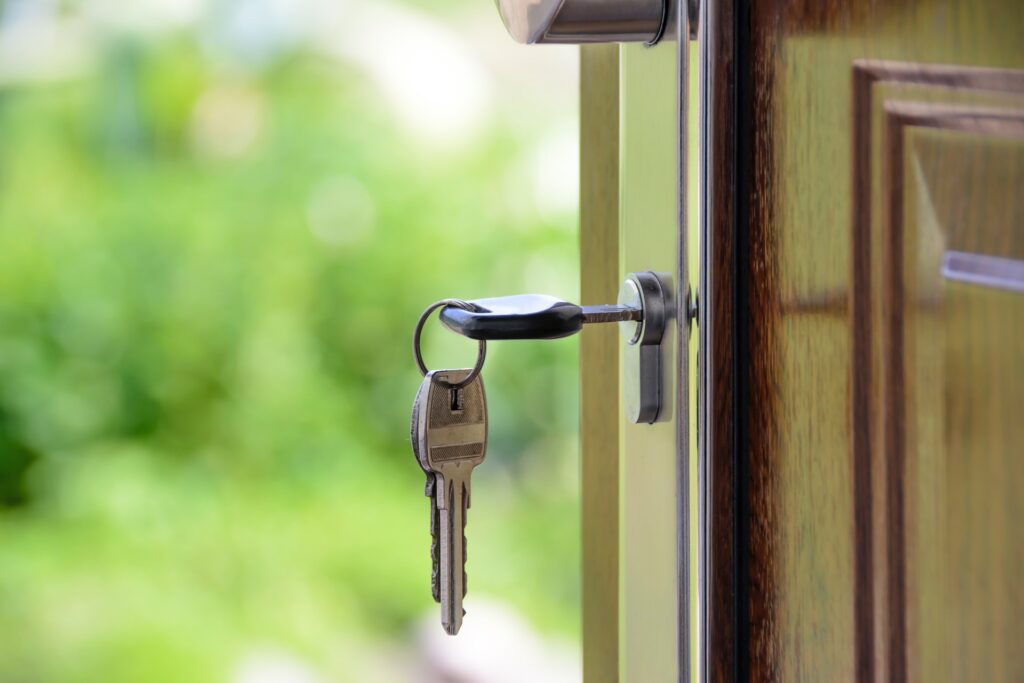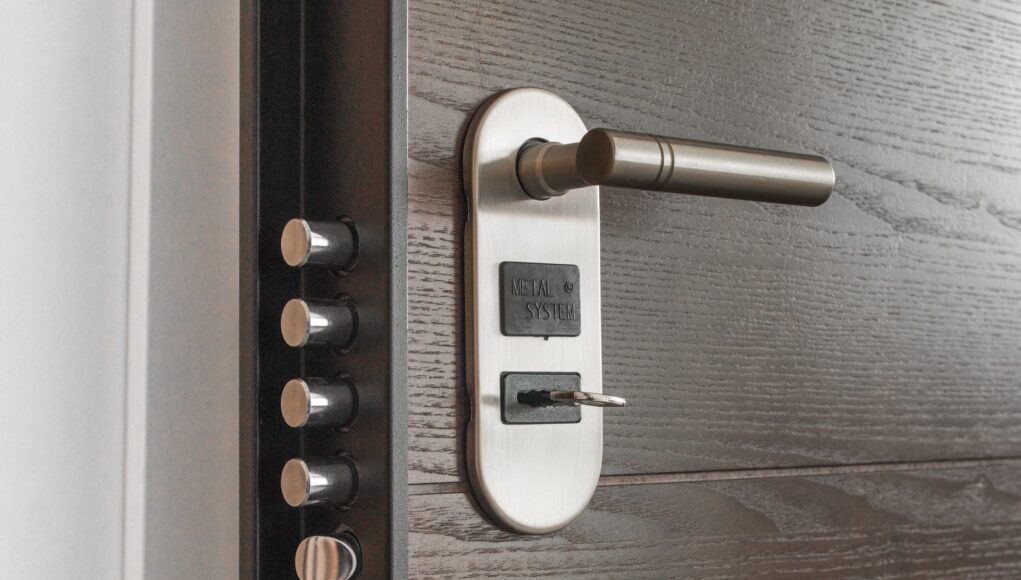In today’s digitized world, many people think of access control systems as applying exclusively to online content. In fact, having a physical access control system (PACS) to safeguard a business and its property is still just as important. Read on to find out about the different kinds of PACS.
Property Monitoring
The intention of property monitoring is to keep watch over an area to ensure no one attempts a break in or tries to access a restricted area without authorization. Property monitoring usually involves the stationing of live guards.

Video Surveillance
Video surveillance is also a type of PACS designed to keep watch over vulnerable areas. In most cases, the cameras are placed at an organization’s entry and exit points and within sensitive areas like workstations and server rooms. The videos can be monitored in real time and are almost always recorded. Recorded videos won’t stop anyone from unauthorized access, but they can help security personnel better understand what happened and how to prevent future threats.
Entry Control
Entry control is a PACS designed to track everyone entering and exiting the building. Entry control isn’t just good for identifying unauthorized parties. It’s also helpful for tracking employee hours, recording visits by outside parties, and identifying people who may have come into contact with sensitive information.
The same technology can be used to detect when people exit an area. Interior or exterior doors can be equipped with sensors that detect unauthorized access and alert the security staff. This kind of system can help with detecting and deterring insider threats.
Time and Attendance Monitoring
Time and attendance monitoring are useful for managing employees’ access to certain areas. When workers arrive for their shifts, they swipe proximity cards at the designated spot. When they exit, they swipe their cards for a second time, allowing employers to tell exactly when workers arrive for and finish their shifts.
Geofencing
Geofencing is a novel form of PACS that creates virtual boundaries to enclose real-world geographical areas. Businesses that want to provide or deny access based on where people are located often use geofencing.
Visitor Tracking
Visitor tracking focuses specifically on controlling access to certain areas by people who do not work for a company. A visitor may be offered permission to visit an organization but may be precluded from certain areas. Visitor tracking alerts security personnel to attempted entries into rooms or buildings that contain sensitive information.
Passive vs. Active Access Control
Each of the PACSs listed above can be described as either passive or active. Passive systems are automatic and require no human interaction. Active systems, on the other hand, rely on some form of human interaction, often in the form of a front desk assistant who looks up visitors and checks them in after verifying that they are allowed in the building.
The Best System
There is no one PACS that stands out above all the rest as being the best system for every situation. Security teams must identify the most serious threats and create access control systems based on their organizations’ unique needs. In most cases, that means combining several of the passive and active systems described above.


























